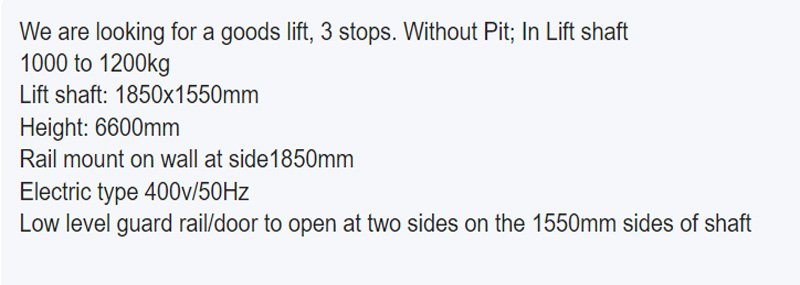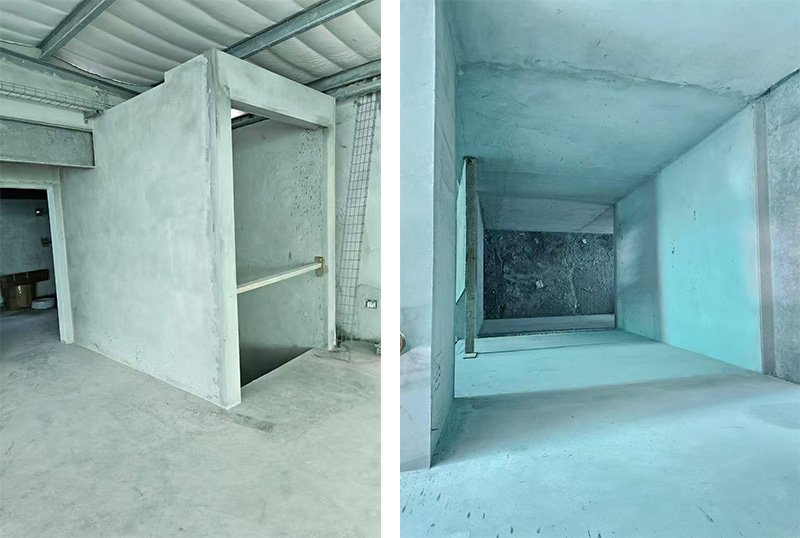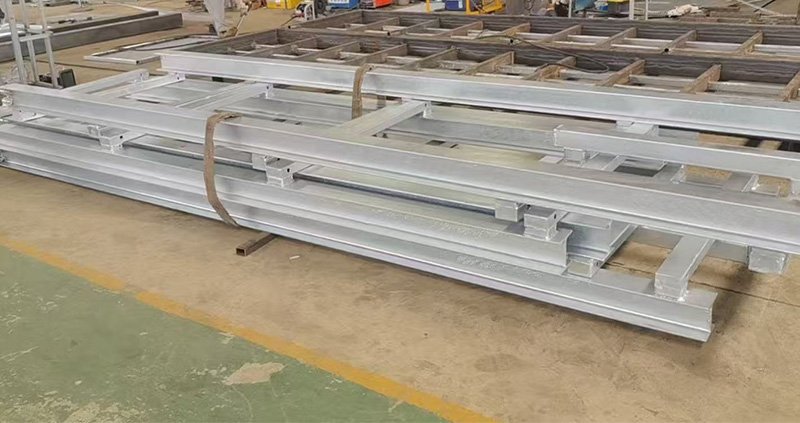Customer Background:
Roy runs an electrical and plumbing company in Seychelles and is constructing a new three-story building for his new store and showroom. He needs to move a large amount of goods to the warehouses on the first and second floors and is looking for a goods lift.
Customer's requirements & XYZLIFT solutions
Roy’s inquiry indicated he wanted an electric traction goods lift. However, we noticed in his email that the site has no pit, while a traction lift requires a pit depth of 1,600 mm. We followed up with Roy to confirm whether a pit could be excavated for installation. Roy explained that the shaft is already constructed with concrete, and the pit depth is only 300 mm, with the surface work already completed. Therefore, further excavation is not feasible. Based on this situation, we recommended switching to a hydraulic goods lift, as hydraulic lift have lower pit requirements and can even be installed and used without a pit.

Upon learning that the concrete shaft was already built, we requested site photos from Roy and confirmed that he had taken measurements. Based on the site dimensions, we provided the following solution:
We also noticed from the site photos that there were no protective measures at the shaft entrances. Therefore, we suggested that Roy purchase landing doors to be installed at each floor entrance. These doors would be connected to the control system, ensuring that the doors cannot open unless the platform is at the corresponding floor. This prevents accidental falls. Roy thought this was an excellent suggestion and appreciated our professionalism.

Another concern Roy raised is that Seychelles is an archipelago, and his location is on a small island where the elevator will operate in a humid environment. To address this, we informed Roy that we would add an additional galvanization process. The zinc coating provides dual protection: first, the zinc corrodes first, acting as a “sacrificial layer” for the internal steel structure; second, the corroded zinc forms a dense oxide film that acts as a “protective shield,” isolating the metal substrate from moist air.



